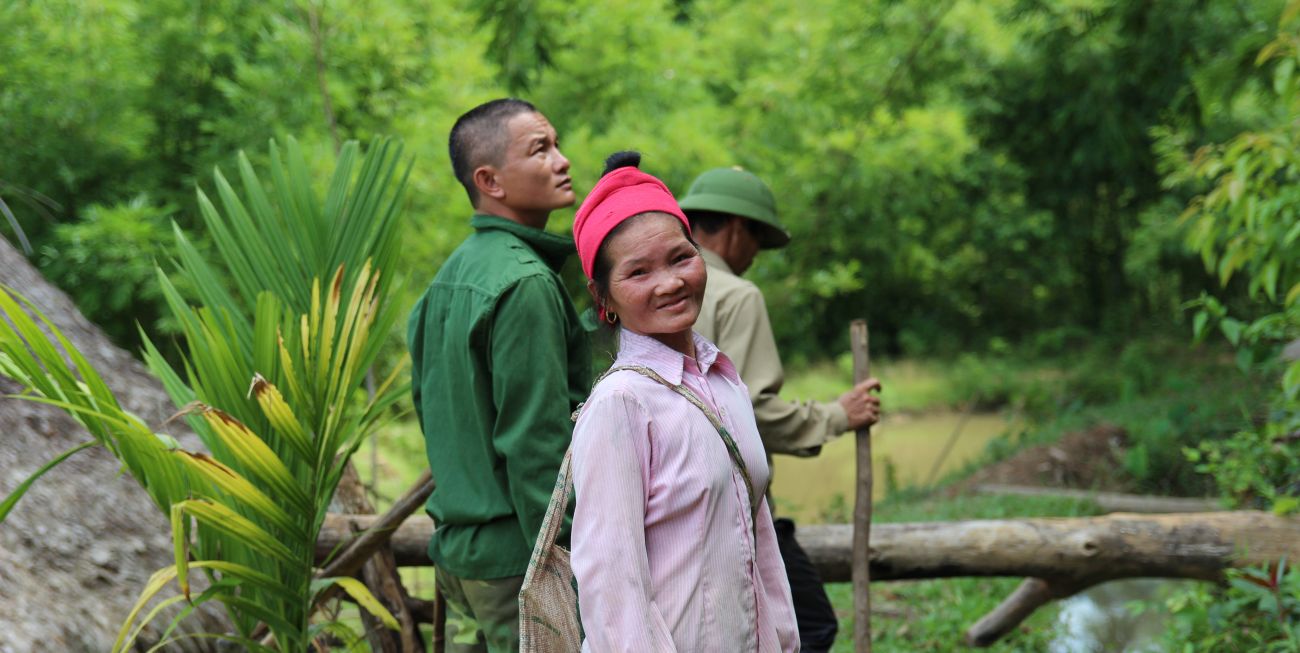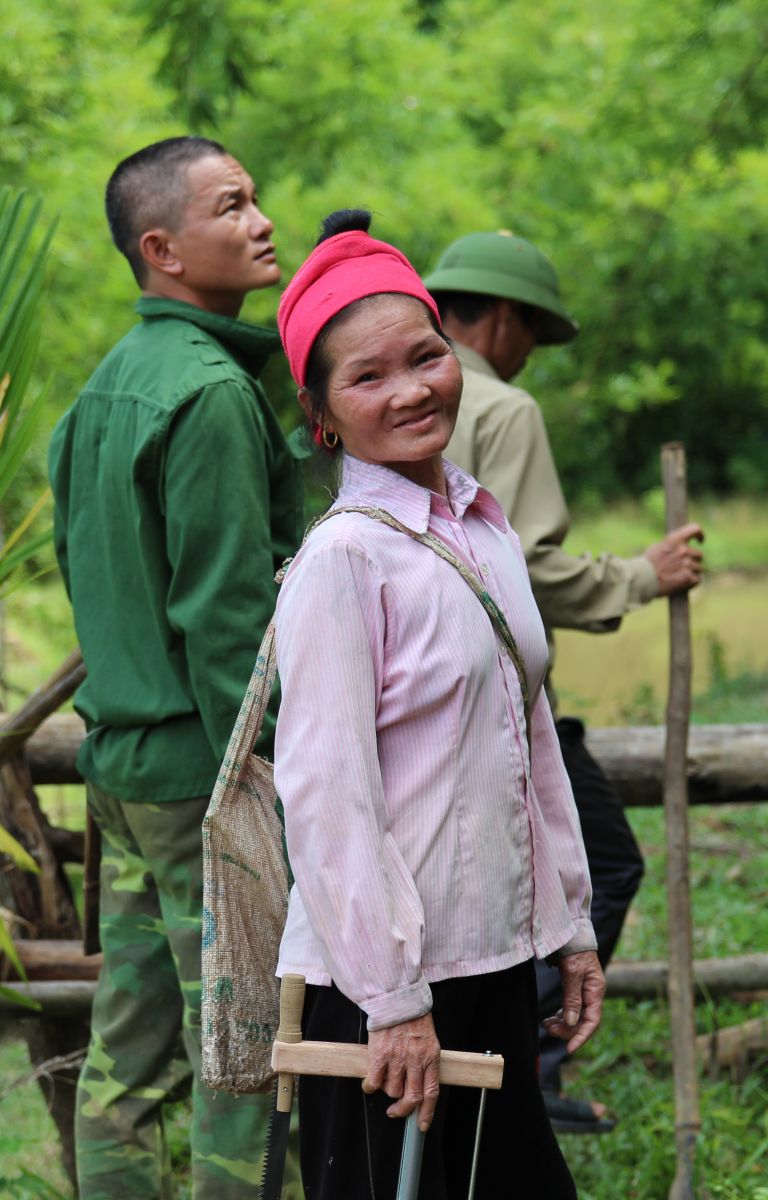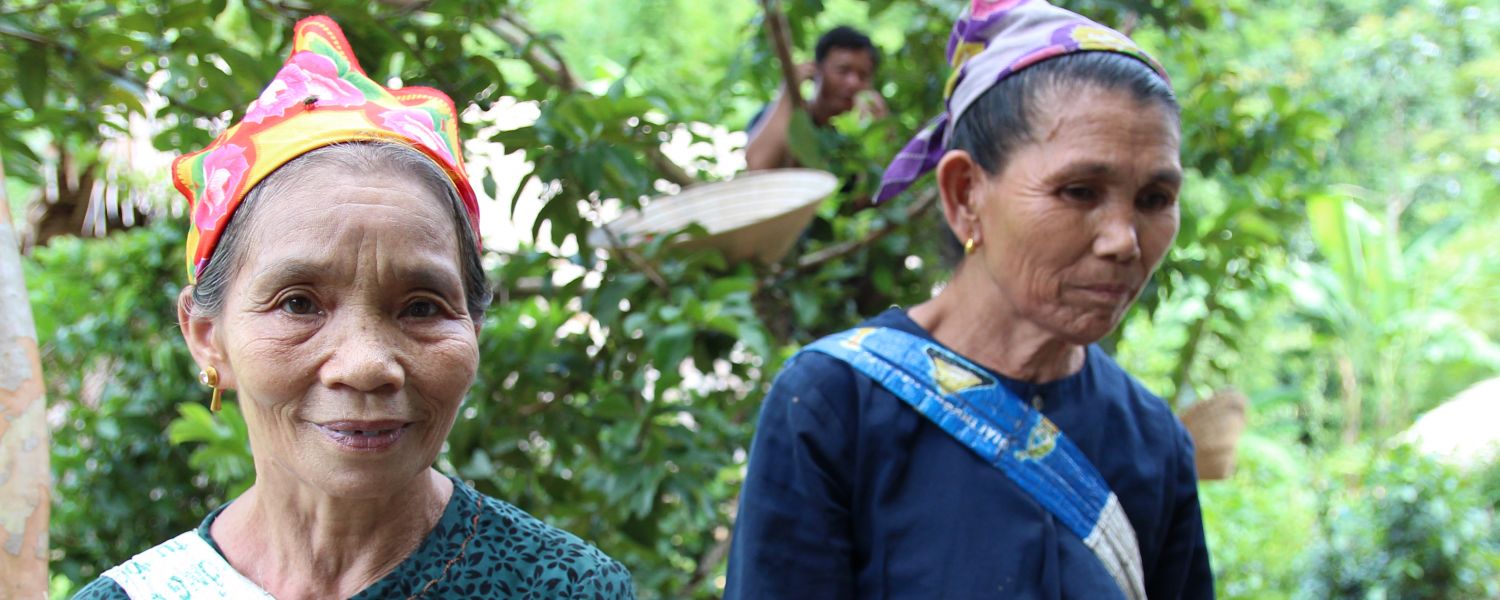

Gender equality and women’s empowerment are crucial for sustainable development. Across Southeast Asia, many women work in agriculture and forest product collection. Their knowledge and skills related to resource use and management can make important contributions to sustainable management of forests and to FLR.
But in many countries, women’s voices and opinions are often overlooked in local discussions and decisions. Traditional practices also often restrict women from owning land or accessing resources, including information. Women’s participation in FLR processes is key, as many important decisions will be made about issues that affect women, including land use and control, restoration approaches and priorities, and how costs and benefit are shared.
Risks of ignoring gender
If FLR processes ignore gender equality issues, they can exacerbate inequalities and further restrict women’s access to land and resources. Gender matters in Forest Landscape Restoration: A framework for design and evaluation identifies several risks, including:
- Increased women's workload without proper compensation
- Imprecise identification of primary stakeholders of forests, drivers of deforestation, forest management, agricultural practices and appropriate options for restoration
- Limited sustainability and long-term effectiveness of restoration
- Increased marginalization of women in decision-making
- Establishment or reinforcement of inequitable systems for benefit-sharing
These risks can threaten the success of the FLR program and sustainable development more broadly. By contrast, fairness in resource use and control, FLR priorities, and cost and benefit sharing can promote local buy-in and enhance communities’ capacities. Equitable participation in decision making should lead to better socioeconomic development and environmental outcomes for everyone in the forest landscape.

Gender-responsive FLR
FLR processes should ensure that participants have equal rights, opportunities and benefits regardless of gender. There are various tools and approaches for integrating gender equality and social inclusion. They involve common fundamental questions and steps that help to analyze and address gender inequality issues surrounding labour division, resource access and control, power and influence in decision-making, participation and benefit sharing.
For example, the framework for gender-responsive FLR in Gender Matters in Forest Landscape Restoration states that:
- Different social groups of women and men must be entitled to free prior and informed consent
- Fair and legitimate compensation must be offered to all those affected by displacement of land or livelihoods
- There needs to be an adequate, accessible and effective grievance system
- Both women and men must have equal say in all decisions related to FLR
- Restoration must reflect the priorities, interests and knowledge of both women and men
- Restoration efforts must recognize and equally compensate both women’s and men’s efforts in labour, financial or in-kind contributions
- Restoration benefits must be equitably distributed
Mainstreaming gender
A first step in mainstreaming gender issues into FLR is a gender analysis. How to Mainstream Gender in Forestry suggests asking these questions of men and women at the household, local, national, regional and global levels in such an analysis:
- Labour: Who does what? How? Where? When? Why?
- Access: Who uses what? How? Where? When? Why?
- Power over decision-making and control: Who controls what? How? Where? When? Why?
- Power over information: Who knows what? How? Where? When? Why?
- Benefit sharing: Who benefits from what? How? Where? When? Why?
- Participation: Who is included in what? How? Where? When and Why?

The guide How to Mainstream Gender in Forestry identified the following ways to help close gender gaps in the forest sector once a gender analysis is complete.
- Participation: One way to empower women is to increase their participation in a range of activities. These include in community forest management groups, small- and medium-scale enterprises, NGOs and village administration, and marketing and selling non-wood forest products. Setting gender quotas in FLR activities and encouraging women’s participation in leadership and decision-making positions are examples of how to do this.
- Capacity development: These activities can enhance women’s and men’s ability to collaborate equally and effectively. In most cases, capacity building activities should be tailored to the specific needs of women. Further interventions might be necessary to remove barriers to women’s participation in these events.
- Institution building: Institutional challenges include deeply-rooted gender biases, poor technical capacity on gender matters and limited budget allocations for gender issues. It is important to promote gender analysis, including by reviewing management structures, and to provide training and other support to improve gender‑balance.
- Gender-disaggregated data: A widespread lack of gender-disaggregated data presents a significant challenge in forest policy planning. Disaggregated data will be necessary for developing gender-responsive policies and programs, and for enhancing awareness and understanding of women’s roles in FLR.
